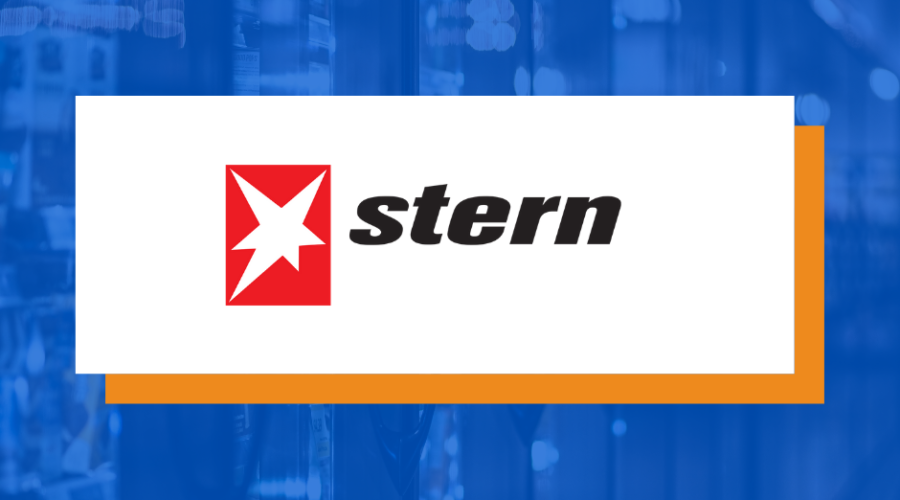Vídeň má jedno z nejlepších nádraží v Evropě
Mezi nejlepší vlaková nádraží v Evropě patří podle žebříčku European Railway Station Index 2021 i vídeňské hlavní nádraží, které se umístilo na druhém místě hned po německém Lipsku. Moderní nádraží zaujme nejen architektonicky, ale především kvalitou nabízených služeb pro cestující.
Žebříček Consumer Choice Center
Ve svém žebříčku hodnotila organizace Consumer Choice Center celkem padesát největších evropských nádraží. Kritérii hodnocení byla např. dostupnost nádraží, čistota, nabídka restauračních zařízení, počet cílových destinací a také bezplatné připojení k internetu. Vídeň ské hlavní nádraží se tak umístilo hned po Lipsku na druhém místě. Na třetím místě Vídeň následovalo londýnské nádraží St. Pancras, o čtvrté místo se letos dělí amsterdamský Centraal s Kazaňským nádražím v Moskvě.
Vídeňské hlavní nádraží
Vídeňské hlavní nádraží, které bylo slavnostně otevřeno v říjnu 2014 a postupně nahradilo dvě dřívější hlavová nádraží, je největší a také nejmodernější nádraží v Rakousku. Vedle letošního mezinárodního ocenění, které se zaměřilo především na úroveň nabízených služeb, je nádraží i ekologicky a architektonicky zajímavou stavbou. Díky začlenění fotovoltaiky, geotermální energie a ekonomického dálkového vytápění a chlazení bylo nádraží oceněno jako Udržitelný projekt města Vídně 2014.
Architektonicky nádraží zaujme především svou výrazně tvarovanou dynamickou střechou, ani interiér ovšem nepokulhává. Veškeré haly a schodiště jsou velkoryse široké a přehledné a tudíž také bezpečné. V okolí nádraží navíc vznikla i moderní čtvrť pro více než 20 500 obyvatel a pracujících. Okolí nádraží se tak díky citlivé modernizaci stalo jedním z nových center Vídně.
Originally published here.









